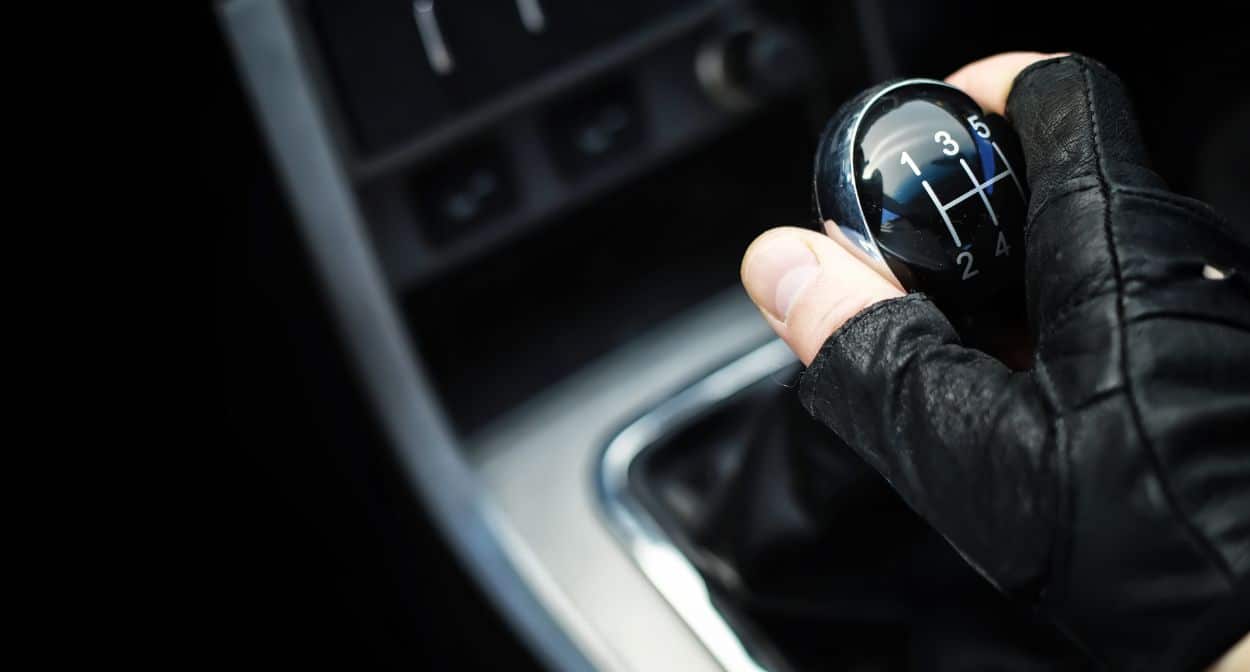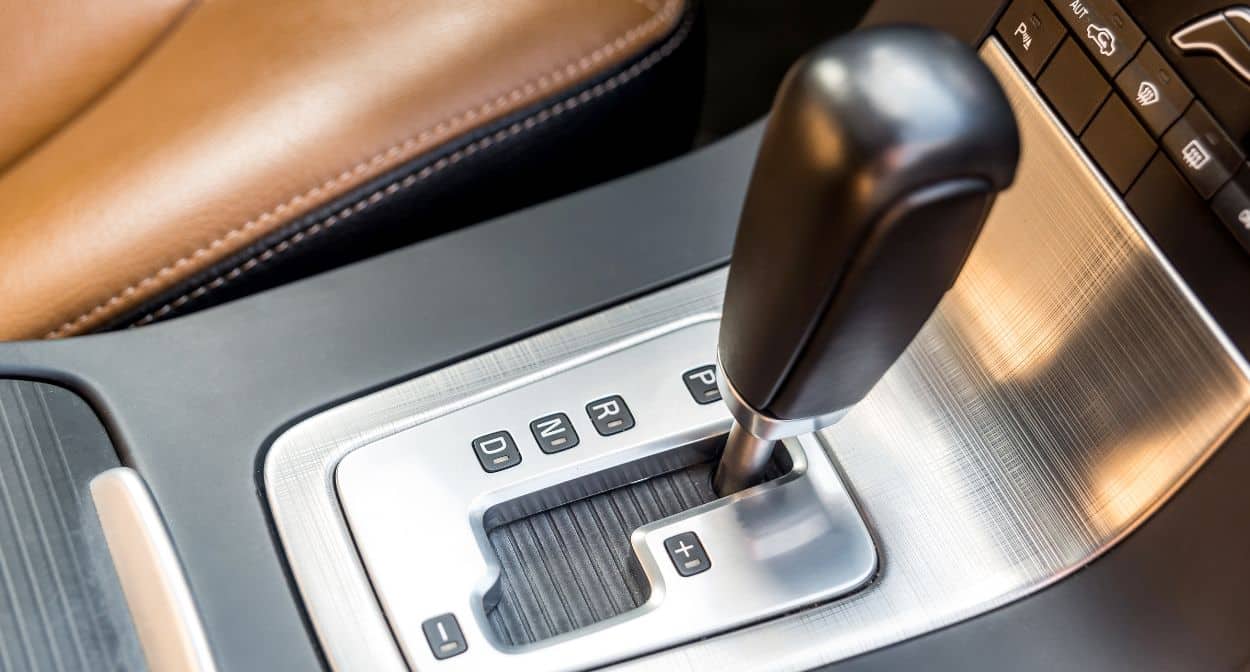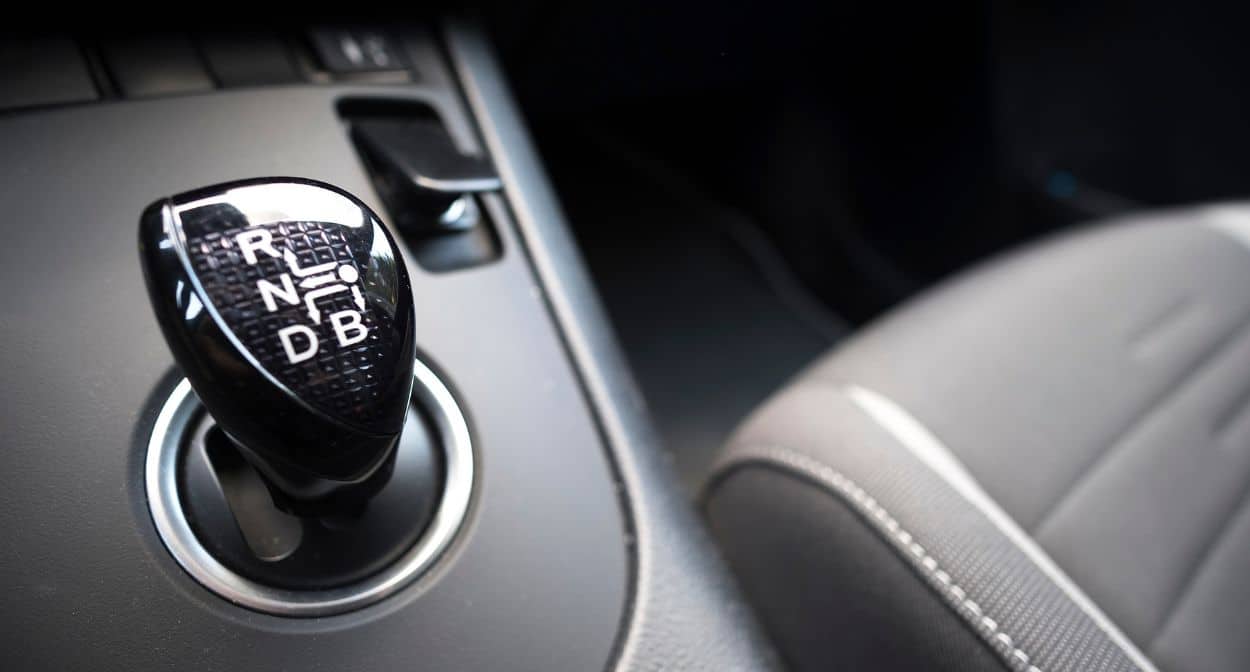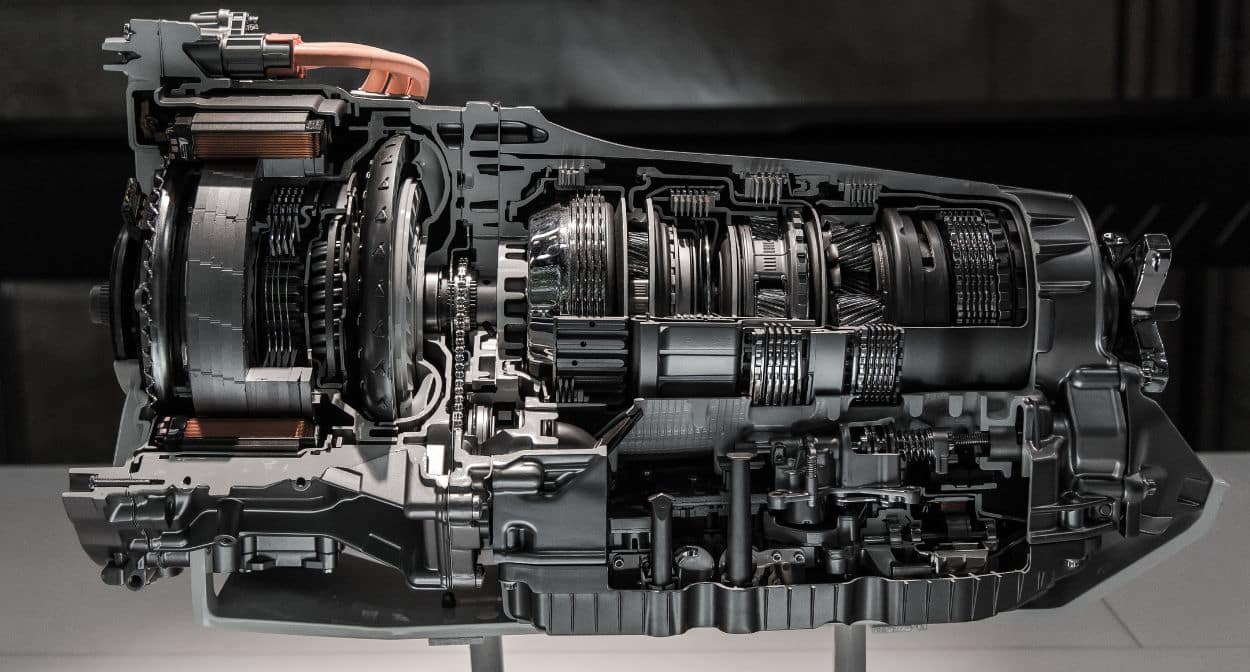When it comes to European import vehicles, the choice of transmission plays a key role in driving performance, efficiency, and overall experience. European automakers, renowned for their engineering precision, offer a variety of transmission types that cater to different driving preferences. In this article, we’ll explore the most common transmission types found in European vehicles—manual, automatic, CVT, and DSG—and how each affects the performance of your car.
1. Manual Transmission

Advantages of Manual Transmissions
Manual transmissions offer several benefits, including:
- Driver Control: One of the biggest draws is the level of control it offers. Drivers can decide exactly when to shift, providing a more engaging driving experience.
- Fuel Efficiency: In some cases, manuals can offer better fuel efficiency compared to automatics because they don’t use a torque converter, which tends to consume more energy.
- Simplicity and Durability: Manual transmissions have fewer moving parts than automatics, making them simpler to maintain and potentially more durable over time.
Disadvantages of Manual Transmissions
However, they come with a few drawbacks:
- Learning Curve: For many, driving a manual requires a steep learning curve, particularly in stop-and-go traffic or hilly conditions.
- Less Convenience: In today’s world, convenience is key, and manuals are often considered cumbersome for daily commutes or city driving.
Many European performance brands like Porsche and BMW offer manual transmissions in their sports models, designed for drivers who crave the classic, tactile experience.
2. Automatic Transmission

Advantages of Automatic Transmissions
- Ease of Use: The primary advantage is convenience. There’s no clutch pedal or need to shift gears manually, which is ideal for urban traffic and long commutes.
- Adaptability: Modern automatics come with multiple driving modes, such as sport or eco, allowing drivers to enjoy a dynamic range of performance without needing manual input.
- Smoother Shifts: Automatic transmissions are designed for smoother transitions between gears, making them more comfortable for most drivers.
Disadvantages of Automatic Transmissions
- Fuel Consumption: Traditionally, automatic transmissions were less fuel-efficient than manuals, though modern advancements have helped close this gap significantly.
- Cost: Automatic transmissions are typically more expensive to maintain and repair due to their complexity.
In the European market, brands like Mercedes-Benz, Audi, and Volvo are known for offering advanced automatic transmissions that focus on a seamless driving experience, often coupled with powerful turbocharged engines.
3. CVT (Continuously Variable Transmission)

Advantages of CVT
- Fuel Efficiency: One of the biggest advantages of a CVT is its ability to keep the engine running at its most efficient RPM, maximizing fuel efficiency.
- Smooth Performance: CVTs are designed to deliver a smooth driving experience by eliminating the distinct shift points between gears, which can make acceleration feel more fluid.
- Lighter Weight: CVTs are often lighter than traditional automatics, which contributes to better fuel economy.
Disadvantages of CVT
- Less Engaging: For drivers who enjoy a more connected driving experience, CVTs can feel less responsive and somewhat disconnected from the road.
- Durability Concerns: While improving, early CVT systems were known for durability issues and costly repairs.
European brands like Renault and Subaru (though not typically European) have integrated CVT transmissions into some of their more fuel-efficient models, especially for hybrid vehicles.
4. DSG (Direct-Shift Gearbox)

Advantages of DSG
- Fast Shifts: DSG transmissions are known for their incredibly fast shift times, making them ideal for performance cars and spirited driving.
- Efficiency: By reducing the time between shifts, DSG transmissions offer improved fuel economy compared to traditional automatics.
- Performance: With the combination of automatic convenience and manual precision, DSG offers an optimal balance for driving enthusiasts.
Disadvantages of DSG
- Cost: DSG transmissions tend to be more expensive to manufacture and maintain due to their complexity.
- Jerky at Low Speeds: Some drivers report that DSGs can feel jerky at low speeds, particularly in stop-and-go traffic.
Volkswagen Group brands such as Audi, Porsche, and Volkswagen heavily use DSG technology, particularly in their higher-performance models like the Golf GTI and Audi S3, offering a thrilling yet efficient driving experience.
Conclusion
Choosing the right transmission type for your European import vehicle depends on your driving style and priorities. Manual transmissions offer unparalleled control for driving enthusiasts, while automatics provide convenience and comfort. CVTs focus on fuel efficiency and smoothness, and DSG transmissions deliver a thrilling, high-performance experience. Each type has its unique strengths, and understanding these can help you make an informed decision when purchasing or maintaining your European car. Regular transmission maintenance and timely repairs are essential to ensure that your European import continues to deliver optimal performance and longevity, regardless of the transmission type.


